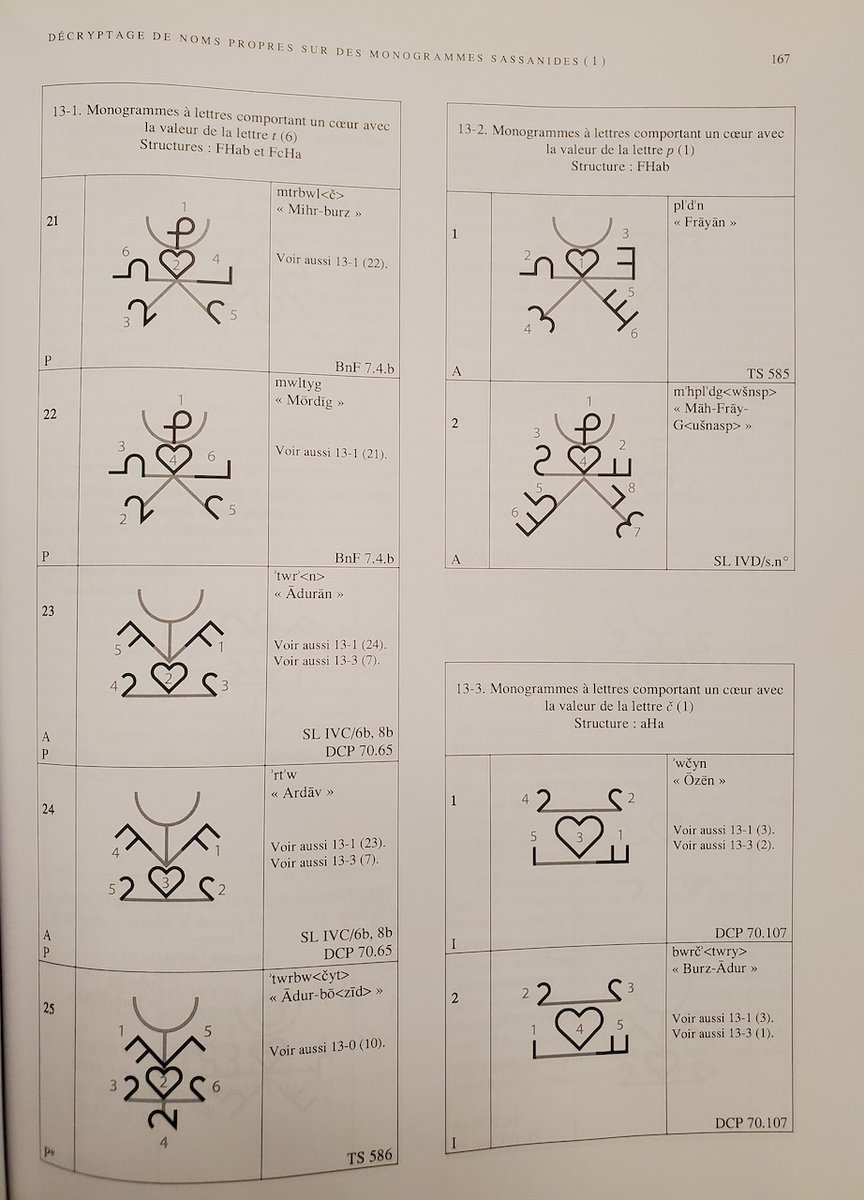۲۴ طرح و نقش ایرانی که از چین تا روم برای چند صد سال استفاده میشده |
Iranian Identity: 24 #Iranian motifs & designs used for centuries from ancient China to Rome. |
1: 3-dot or 3-pearl motif: Very popular in Sasanian Iran...
⤵️🧵
Iranian Identity: 24 #Iranian motifs & designs used for centuries from ancient China to Rome. |
1: 3-dot or 3-pearl motif: Very popular in Sasanian Iran...
⤵️🧵

It's likely an aniconic representation of the Iranian, Zoroastrian deity Tishtrya | تیشتَر , though at times it could have taken a simple astronomical meaning as well
Spot it on clothing!




Spot it on clothing!
https://twitter.com/On_Persia/status/1493016588412461065?s=20&t=Lh2euJaUvmlgzvKtAaXhjA




1: 3-dot or 3-pearl motif
Undoubtedly, this design is Iranian, #Sasanian or possibly pre-Sasanian in origin.
Representations at Taqe Bostan, including on clothing of Ahura Mazda. These parts of Taqe Bostan are associated with Khosrow II (570-628)
Given internal...
⤵️



Undoubtedly, this design is Iranian, #Sasanian or possibly pre-Sasanian in origin.
Representations at Taqe Bostan, including on clothing of Ahura Mazda. These parts of Taqe Bostan are associated with Khosrow II (570-628)
Given internal...
⤵️



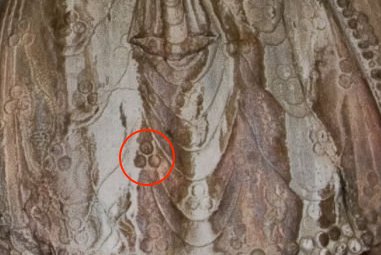
conflict towards end of his reign, these depictions ought to be from early 7th C.
We also have depiction of 3-dot symbol on numerous Sasanian coins
⤵️



We also have depiction of 3-dot symbol on numerous Sasanian coins
⤵️




Possibly as part of 1: armoured horseman rhyton, 8-9th C, Central Asia
2: ancient Luristan object: clothing of person on bottom sitting down
⤵️

2: ancient Luristan object: clothing of person on bottom sitting down
⤵️


1: Sasanian-era textile found in Egypt, @MuseeLouvre
2: from Astana cemetry, @V_and_A
3: Termez, Tashkent, Uzbekistan
4: #Roman Depiction: church of San Vitale, Ravenna, Italy [source: Canepa]
⤵️



2: from Astana cemetry, @V_and_A
3: Termez, Tashkent, Uzbekistan
4: #Roman Depiction: church of San Vitale, Ravenna, Italy [source: Canepa]
⤵️
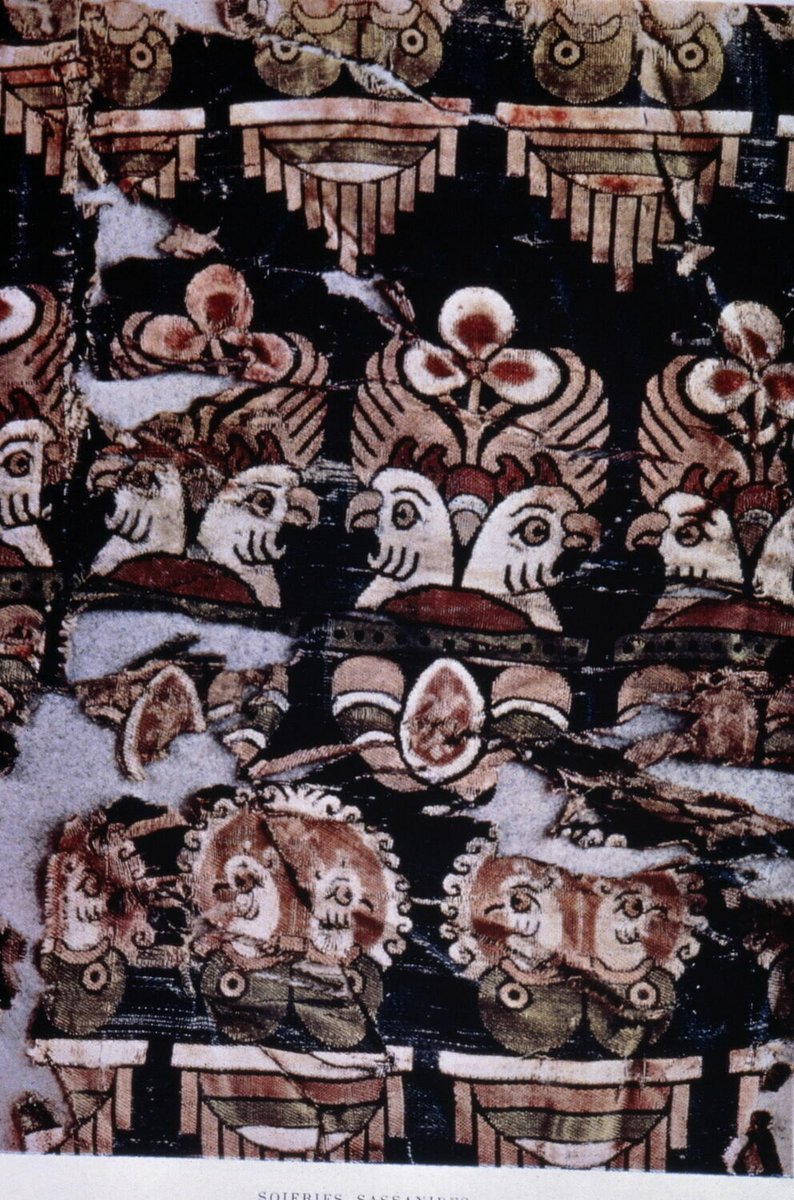


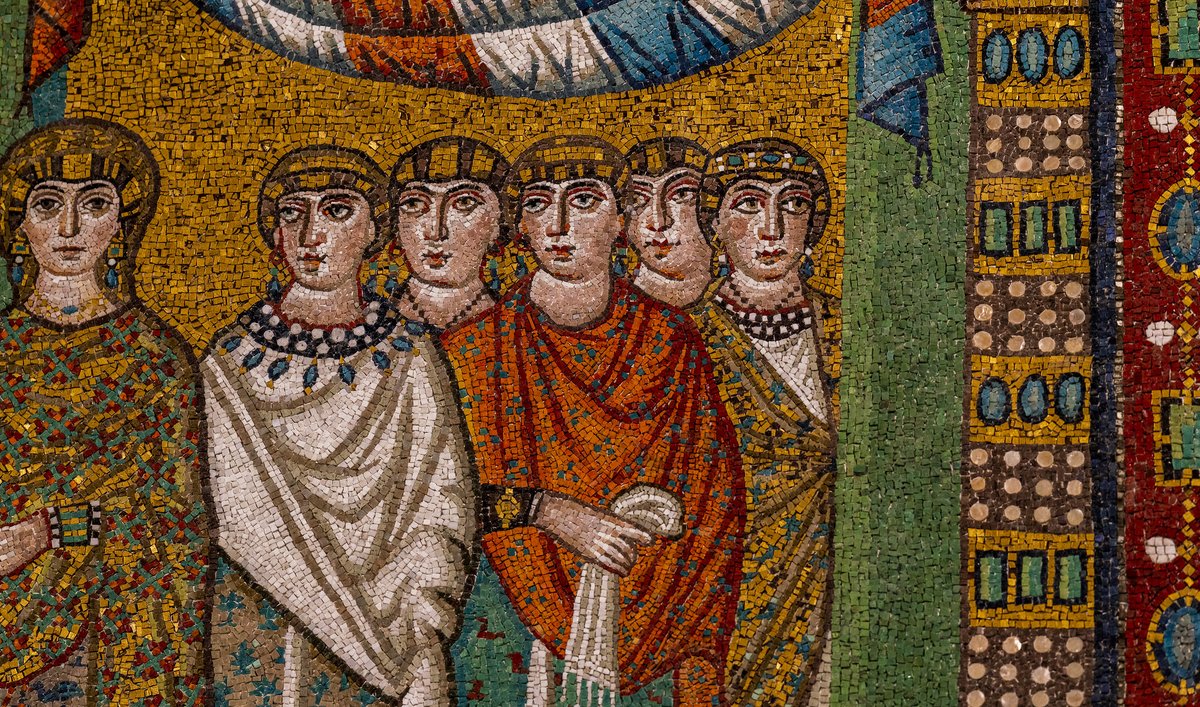
2) Crescent, Other astronomical signs: not that everyone couldn't see the moon in the sky, but in a particular pattern & design, of Iranian origin
Perhaps some of the earlier crescent designs
1: Parthian Orodes II-Star & Crescent
2-3: Achaemenid era
4: Persis king, Manuchtir



Perhaps some of the earlier crescent designs
1: Parthian Orodes II-Star & Crescent
2-3: Achaemenid era
4: Persis king, Manuchtir




Sasanian seals used the crescent design extensively
It was part of numerous Sasanian crowns, standards etc.
⤵️



It was part of numerous Sasanian crowns, standards etc.
⤵️




As architectural element
1: Taqe Bostan
2: ancient Khwarazm
3: ancient Khwarazm
4: Vakhsh Kafir Kala, 5-7C
⤵️



1: Taqe Bostan
2: ancient Khwarazm
3: ancient Khwarazm
4: Vakhsh Kafir Kala, 5-7C
⤵️




And on clothing as part of design of "roundels", sometimes in pearl-shape, sometimes not. I'll get to this design later.
1-2: @V_and_A
3: From Egypt, Sasanian era, 6-7 C, also note the winged horse: another very ancient Iranian design and mythological creature
⤵️


1-2: @V_and_A
3: From Egypt, Sasanian era, 6-7 C, also note the winged horse: another very ancient Iranian design and mythological creature
⤵️



With some of oldest depictions of winged horse/pegasus being from Iran.
We in fact have this very crescent design at Taqe Bostan, Iran
⤵️


We in fact have this very crescent design at Taqe Bostan, Iran
⤵️



Same design:
1: Kizil caves, Hephthalites or Sogdians, or other Central Asians
2-4: #Sogdian : note the crescent in between other, bigger roundels
⤵️



1: Kizil caves, Hephthalites or Sogdians, or other Central Asians
2-4: #Sogdian : note the crescent in between other, bigger roundels
⤵️




The same design in #China
1-2: Northern Dynasties period, @cnsilkmuseum
Also note the crescent inside the largely accepted Iranian pearl roundel design (e.g., Compareti, Gasparini)
⤵️

1-2: Northern Dynasties period, @cnsilkmuseum
Also note the crescent inside the largely accepted Iranian pearl roundel design (e.g., Compareti, Gasparini)
⤵️


3) Hearts
Importantly, we see these designs & motifs across media, here hearts on metal objects, Sasanian era
⤵️



Importantly, we see these designs & motifs across media, here hearts on metal objects, Sasanian era
⤵️




And on textiles
1: now @ Aachen Cathedral treasure, Germany
2: Museo Sacro, Vatican, 6-7C, for border decoration
4: from Egypt (Antinoe), now @MuseeLouvre
⤵️



1: now @ Aachen Cathedral treasure, Germany
2: Museo Sacro, Vatican, 6-7C, for border decoration
4: from Egypt (Antinoe), now @MuseeLouvre
⤵️




1: from Egypt, now @ Louvre
2-3: REMARKABLY, textile from China, with Middle Persian inscription "king of kings, the great and glorious"!!!! Confirming another Iranian, Sasanian piece of silk samite
⤵️



2-3: REMARKABLY, textile from China, with Middle Persian inscription "king of kings, the great and glorious"!!!! Confirming another Iranian, Sasanian piece of silk samite
⤵️




4) Derafsh Kaviani: Quadriform Cross Motif
I wrote about this symbol in detail before. This design is very ancient
1-2: Pazyryk carpet
3: On Scythian or Thracian helmet
4: from ancient Luristan
⤵️



I wrote about this symbol in detail before. This design is very ancient
1-2: Pazyryk carpet
3: On Scythian or Thracian helmet
4: from ancient Luristan
⤵️




1: Bagadates of Persis, depicted as part of standard/flag
2: Possibly depicted on fabrics from Parthian era Palmyra
⤵️

2: Possibly depicted on fabrics from Parthian era Palmyra
⤵️


1-3: from Egypt, 1: @DumbartonOaks , 2-3: @MuseeLouvre
4: See design of fabric "saddle" on Sasanian plate
⤵️



4: See design of fabric "saddle" on Sasanian plate
⤵️




Same design @ Hagia Sophia from Roman era + in decoration of silk door hanging @ church of San
Vitale, Ravenna, Italy [see Two Eyes of the Earth, 2009, Canepa; Distant Displays of Power, 2010, Canepa]
⤵️



Vitale, Ravenna, Italy [see Two Eyes of the Earth, 2009, Canepa; Distant Displays of Power, 2010, Canepa]
⤵️
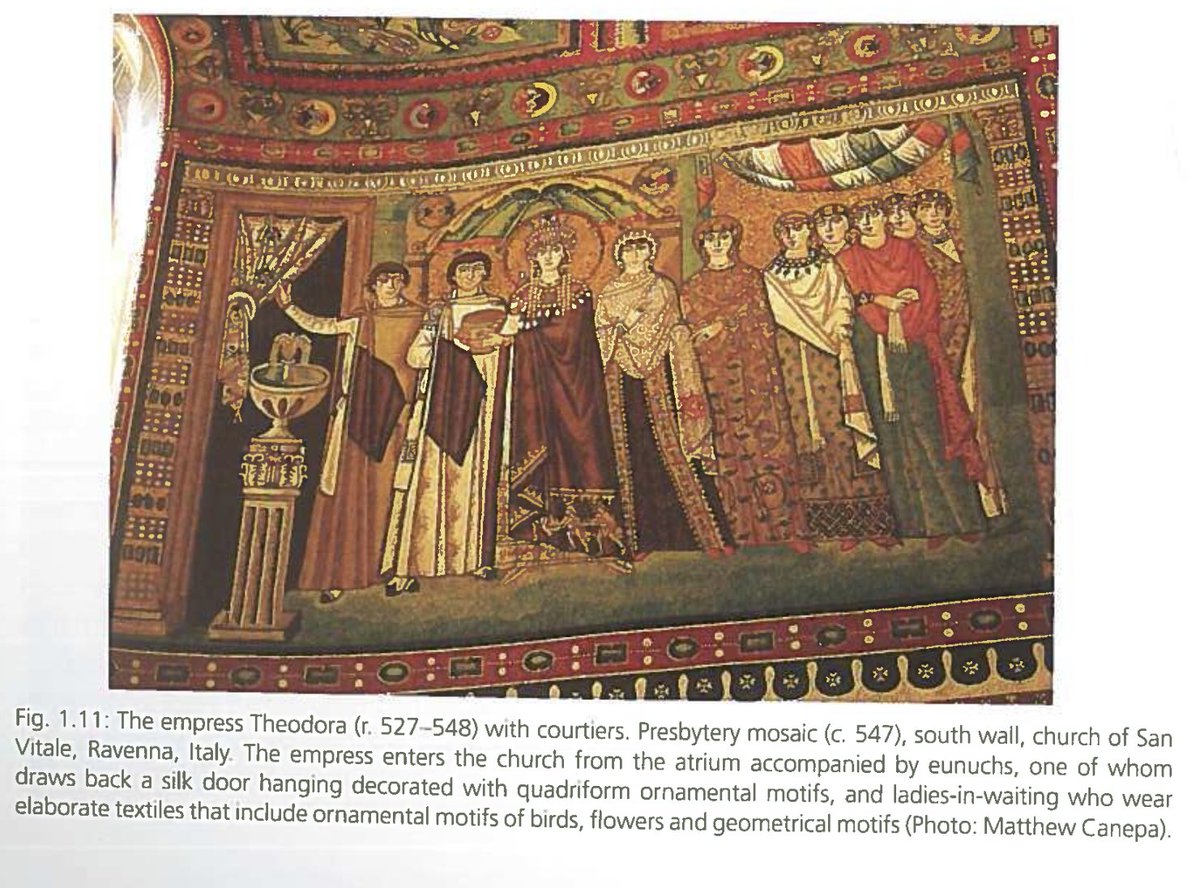



5) Stylized Wings & Leaves
This is likely an evolution from Near Eastern via Achaemenid "Fravahar" symbol, or the falcon standard, or combo of both
⤵️

This is likely an evolution from Near Eastern via Achaemenid "Fravahar" symbol, or the falcon standard, or combo of both
⤵️


Then also in decorative arts
With some animals, especially ram/similar animal as symbolizing royal glory/ Farr/ Khvarenah
⤵️



With some animals, especially ram/similar animal as symbolizing royal glory/ Farr/ Khvarenah
⤵️




Even in multiple seals under human heads
With the famous boar in photo 4 which I will get to soon
⤵️


With the famous boar in photo 4 which I will get to soon
⤵️
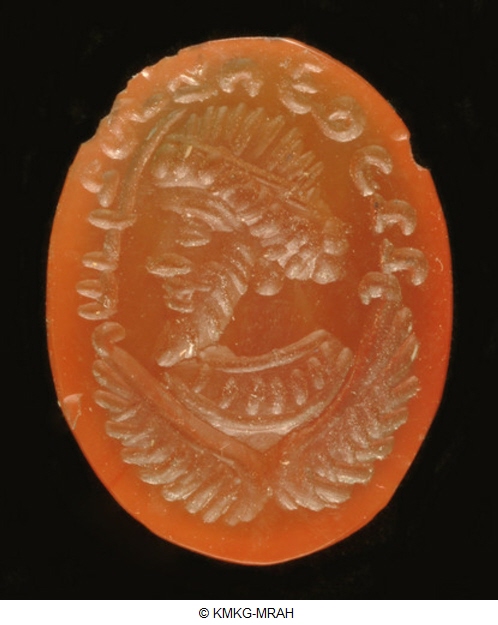


Stylized leaves and wings were later used from China to Rome in various architectural and decorative elements
More Sasanian examples
⤵️



More Sasanian examples
⤵️




And as decorative element in textiles
1: from Egypt, @ Louvre
2: Eastern Mediterranean, 6-7 C, @DumbartonOaks
⤵️

1: from Egypt, @ Louvre
2: Eastern Mediterranean, 6-7 C, @DumbartonOaks
⤵️
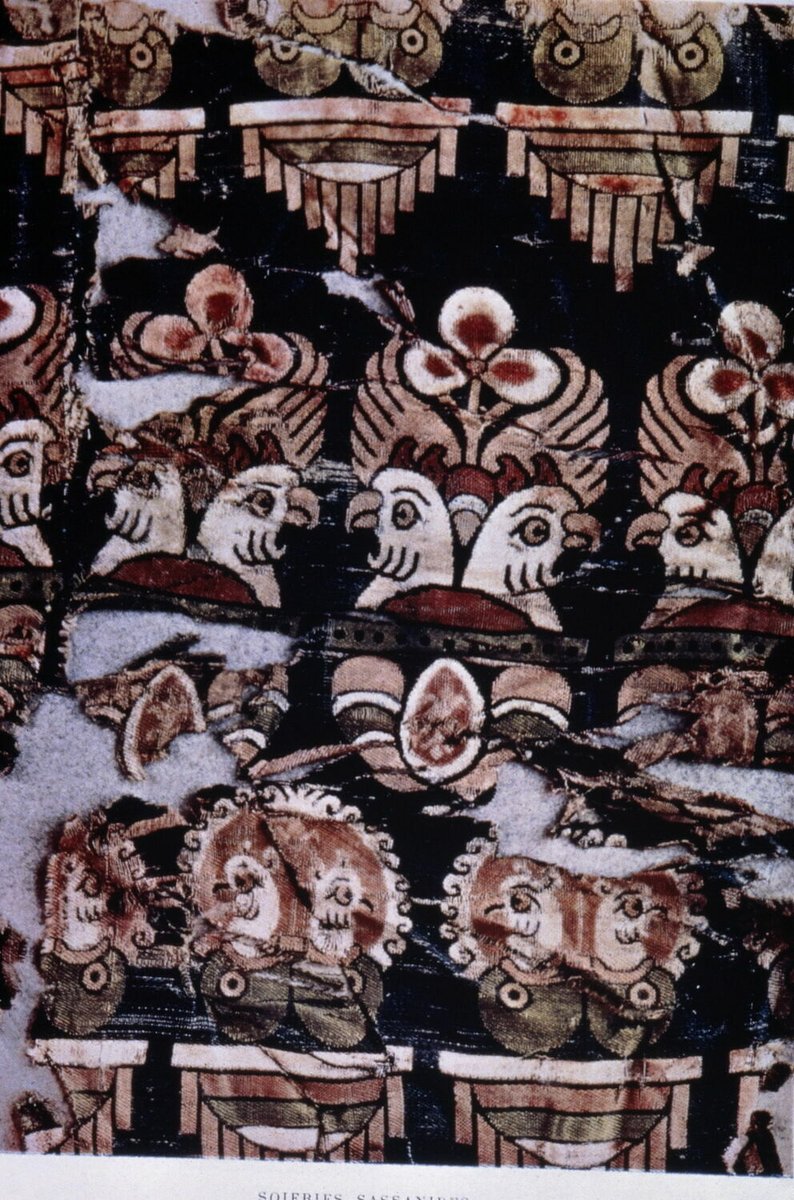

More stylized wings/leaves in textiles
3: Louvre, from Egypt
4: Eastern Mediterranean, DumbartonOaks
⤵️



3: Louvre, from Egypt
4: Eastern Mediterranean, DumbartonOaks
⤵️




6) Pearl Appliqué, other Appliqué & Plaques
The focus here is on the design we see multiple times on clothes of Khosrow II at Taqe Bostan
⤵️



The focus here is on the design we see multiple times on clothes of Khosrow II at Taqe Bostan
⤵️




We see the same design on a textile from Egypt, now at @V_and_A
and 2-3: on clothing of middle person on this piece I talked about before
⤵️



and 2-3: on clothing of middle person on this piece I talked about before
⤵️


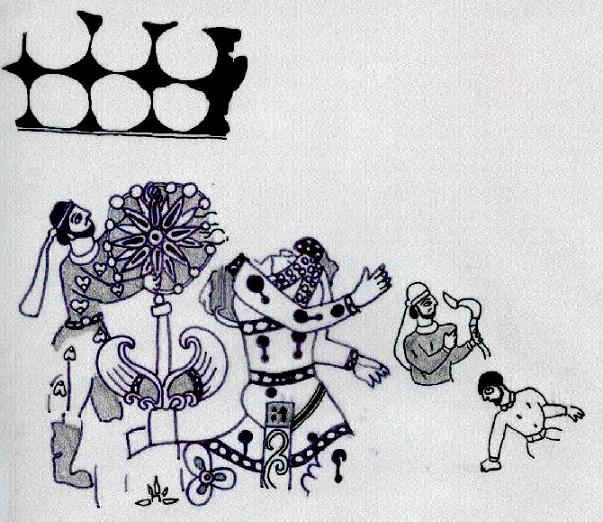

In terms of other Appliqués & Plaques, we see these from Achaemenid era, especially photo 2 also at sites in Russia related to other Iranian groups
⤵️



⤵️




and 2 possible reps of decorative pearls or other Appliqués from Parthian era
By Sasanian era, "Sasanian court art and architecture had become hugely popular in the Near East and Central Asia by the sixth century." [Two Eyes of the Earth, 2009, Canepa]
⤵️

By Sasanian era, "Sasanian court art and architecture had become hugely popular in the Near East and Central Asia by the sixth century." [Two Eyes of the Earth, 2009, Canepa]
⤵️


"It replaced Hellenistic art as the new Eurasian aristocratic visual common culture and, with Hagios Polyeuktos, [Hagia Sophia] and representations of textiles as evidence, its popularity was rising in the Roman empire as well."
⤵️
⤵️
"The meeting and melding of Roman and Sasanian practices of kingship shaped the expression of power in the Mediterranean, Near East, Central and South Asia, and China from the Middle Ages to the seventeenth century."
"Ornamental motifs, often found in the margins of sacred architecture, luxury objects, palaces, tombs and court costumes, offered a subtle means to control an emperor’s identity and manage the economy of courtly hierarchy." [Canepa, Distant Displays of Power, 2010]
⤵️
⤵️
7) Lozenge & Roundel, with humans, animals etc.
Perhaps some of earlier designs are from Achaemenid era
⤵️



Perhaps some of earlier designs are from Achaemenid era
⤵️




By very early #Sasanian era, we have similar designs to "pearl roundel" as well as other roundels on coins which then circulated across Eurasia, for example coins of Peroz and others
⤵️



⤵️




One more coin (Shapur II)
And the design was then used across media, including on textiles from China to Rome
We'll see more examples of it when I talk about other motifs too, but here will show some specific examples
⤵️



And the design was then used across media, including on textiles from China to Rome
We'll see more examples of it when I talk about other motifs too, but here will show some specific examples
⤵️

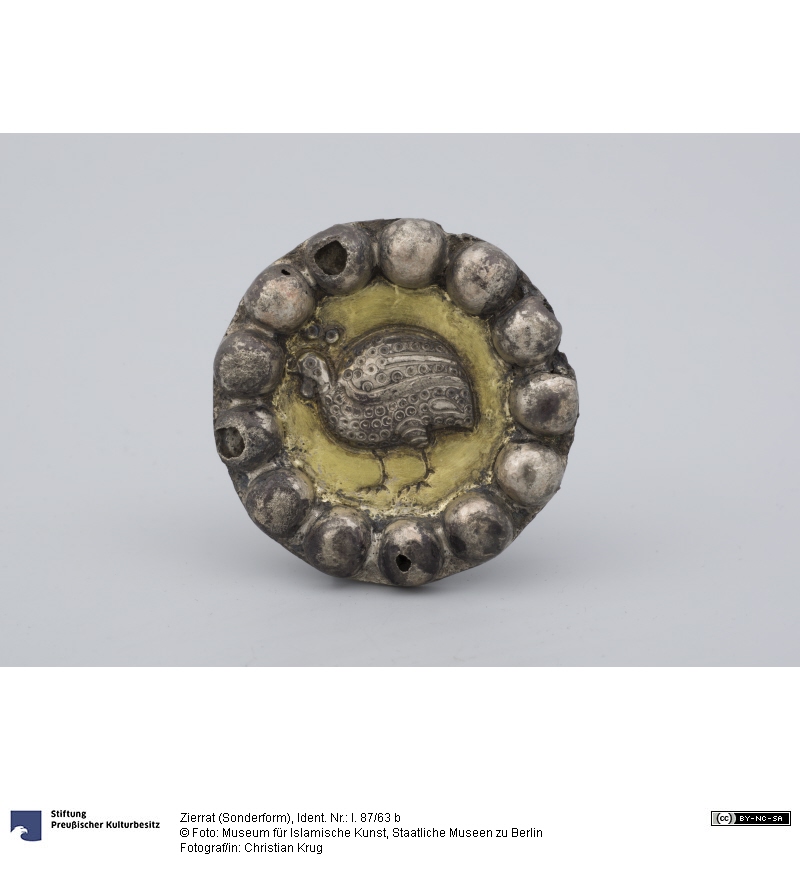


More examples of roundels from Sasanian architecture
"Scholarship has especially explored the craze for “western” luxuries in the early Tang dynasty, including food, fashions, and entertainments largely imported from the Iranian world." [Canepa]
⤵️



"Scholarship has especially explored the craze for “western” luxuries in the early Tang dynasty, including food, fashions, and entertainments largely imported from the Iranian world." [Canepa]
⤵️




1: Likely Sasanian, @GWTextileMuseum
2: also GWTextileMuseum
3: pearl roundel + hearts + ducks! super Sasanian!
⤵️


2: also GWTextileMuseum
3: pearl roundel + hearts + ducks! super Sasanian!
⤵️



Same designs for textiles
1: 8 C, @ClevelandArt
3: 7-8 C, GW Museum
4: 8 C, @metmuseum
"Set against a larger Eurasian context, #Sasanian courtly images enjoyed an exceptionally wide prestige, popularity, and utility, used and reinterpreted in Constantinople and Chang’an
⤵️



1: 8 C, @ClevelandArt
3: 7-8 C, GW Museum
4: 8 C, @metmuseum
"Set against a larger Eurasian context, #Sasanian courtly images enjoyed an exceptionally wide prestige, popularity, and utility, used and reinterpreted in Constantinople and Chang’an
⤵️

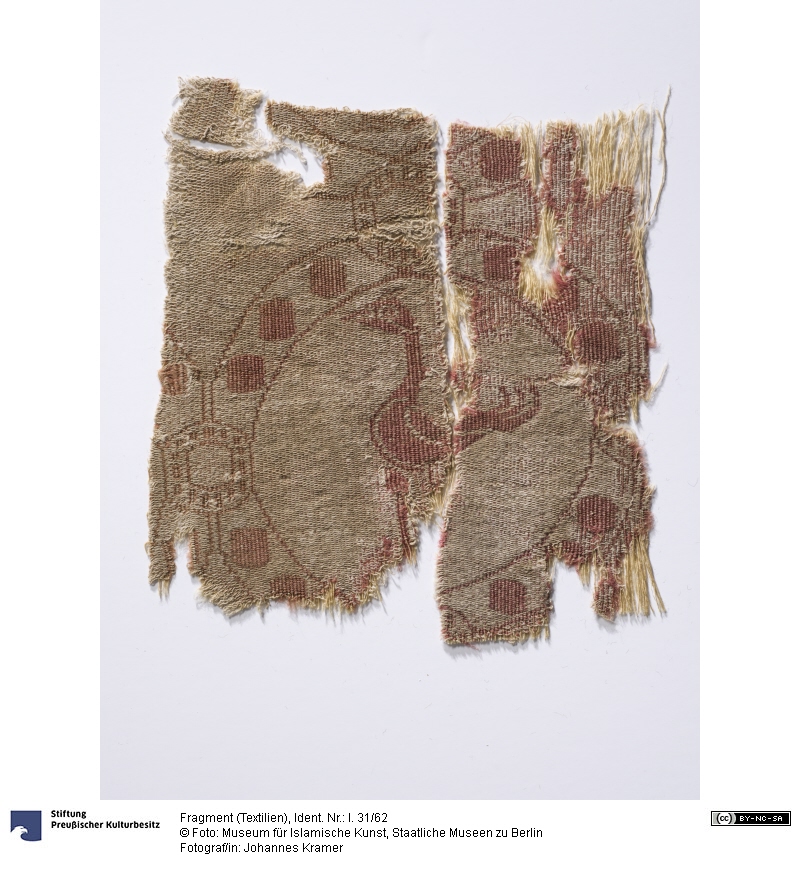


even after the Persian empire’s demise." [Canepa, Distant Displays of Power, 2010]
More textile examples
Undoubtedly the roundel design is also Iranian in origin, though other nations could have used a similar idea at times
⤵️



More textile examples
Undoubtedly the roundel design is also Iranian in origin, though other nations could have used a similar idea at times
⤵️




And Same design in Rome: north wall, church of San Vitale, Ravenna, Italy
"In the San Vitale mosaic, Justinian displays silk decorated with a duck in pearl roundel medallion pattern. He incorporates this global symbol of wealth and prestige into the shoulder appliqué of
⤵️

"In the San Vitale mosaic, Justinian displays silk decorated with a duck in pearl roundel medallion pattern. He incorporates this global symbol of wealth and prestige into the shoulder appliqué of
⤵️


his white tunica and most notably into the segmentum/tablion of his purple chlamys, the metonymic symbol of Roman imperial power." [Canepa, 2010]
⤵️
⤵️
Also see:
The role of the Sogdian Colonies in the diffusion of the pearl roundels pattern, Matteo Compareti
Sino-Iranian Textile Patterns in Trans-Himalayan Areas, Mariachiara Gasparini
Textiles and Elite Tastes Between the Mediterranean, Iran and Asia..., Canepa, 2014
⤵️
The role of the Sogdian Colonies in the diffusion of the pearl roundels pattern, Matteo Compareti
Sino-Iranian Textile Patterns in Trans-Himalayan Areas, Mariachiara Gasparini
Textiles and Elite Tastes Between the Mediterranean, Iran and Asia..., Canepa, 2014
⤵️
More examples of combat and hunting motifs on textiles
1: Church treasure of St Servatius, Maastricht, 7C
2: from Egypt, @MuseeLouvre
3: @ V&A
4: 8c, Kiev Museum of Fine Arts
⤵️



1: Church treasure of St Servatius, Maastricht, 7C
2: from Egypt, @MuseeLouvre
3: @ V&A
4: 8c, Kiev Museum of Fine Arts
⤵️
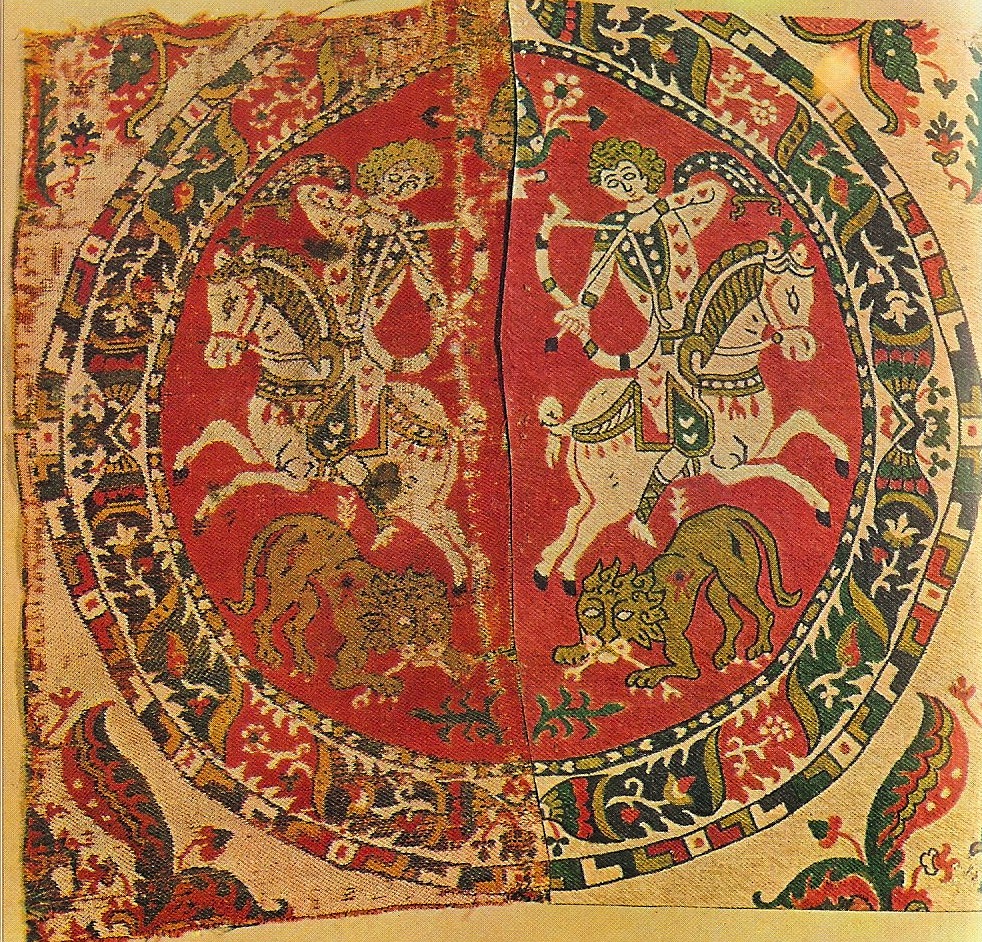



More examples of combat and hunting motifs on textiles
1-2: from Egypt, depicting the famous Parthian Shot, @HarvardMuseums
3: Collection Kofler-Truniger, 7C
4: Parthian shot depiction from China
⤵️



1-2: from Egypt, depicting the famous Parthian Shot, @HarvardMuseums
3: Collection Kofler-Truniger, 7C
4: Parthian shot depiction from China
⤵️



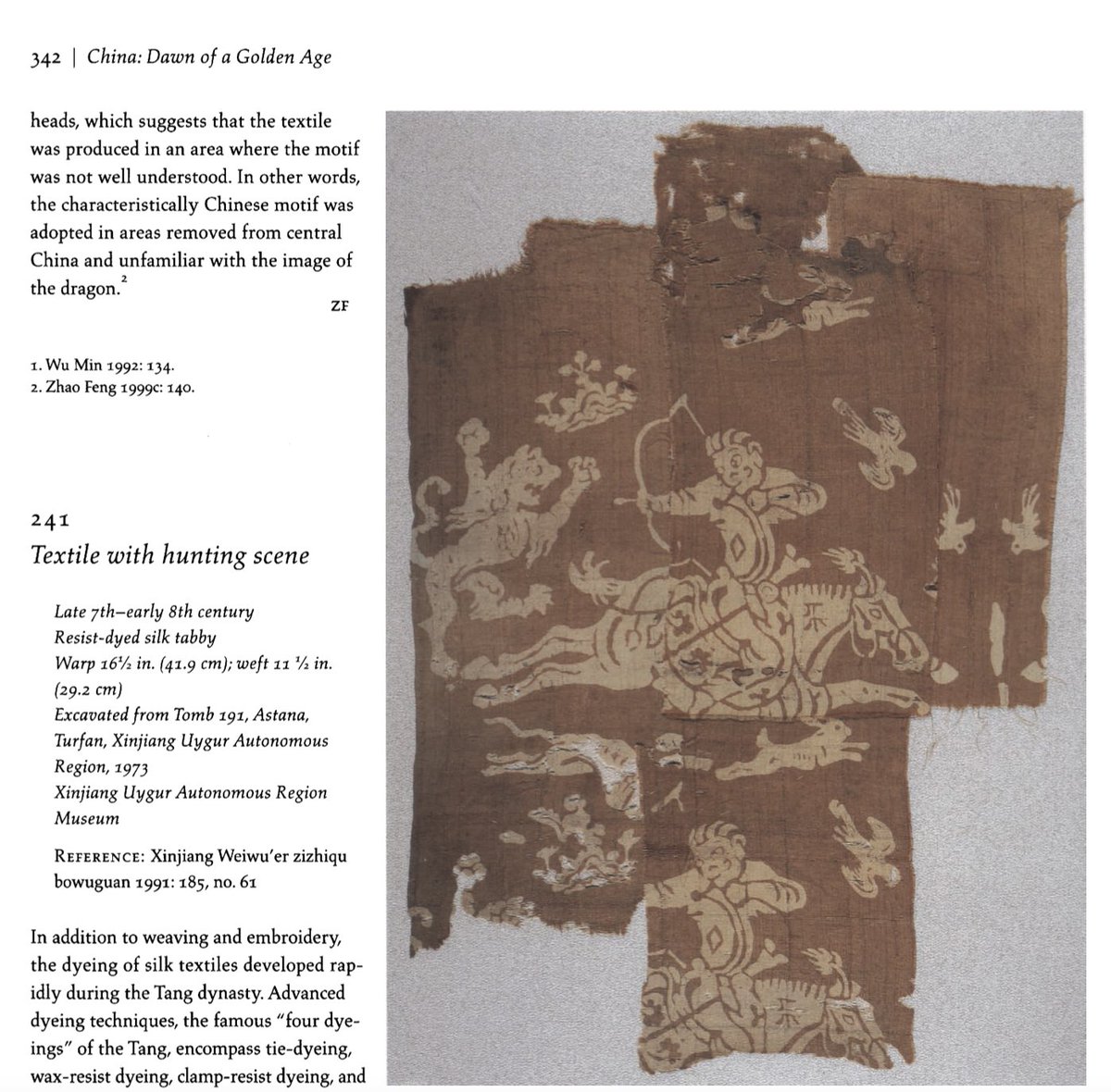
9) Humans
Briefly, humans weren't super common on Iranian textiles based on surviving depictions. But we have examples of subjects in Iranian-Sasanian clothing from various areas
1: @hermitage_eng
2-4: from Egypt, 3 @ Brooklyn Museum; 4: @ DumbartonOaks
⤵️



Briefly, humans weren't super common on Iranian textiles based on surviving depictions. But we have examples of subjects in Iranian-Sasanian clothing from various areas
1: @hermitage_eng
2-4: from Egypt, 3 @ Brooklyn Museum; 4: @ DumbartonOaks
⤵️




10) Bird Holding 3-dot symbol or with Necklace
I'll add one more here and do the rest in a separate thread as this one is getting really long!
This motif is also undoubtedly Iranian. As we saw, the 3-dot motif itself is Iranian and based on Zoroastrian beliefs and deity
⤵️


I'll add one more here and do the rest in a separate thread as this one is getting really long!
This motif is also undoubtedly Iranian. As we saw, the 3-dot motif itself is Iranian and based on Zoroastrian beliefs and deity
⤵️



this motif is also part of larger animal motifs which were together with plant motifs very popular in #Sasanian Iran
3-4: with a Middle Persian inscription, confirming Sasanian identity and origin
⤵️



3-4: with a Middle Persian inscription, confirming Sasanian identity and origin
⤵️




Sasanian textiles
1: Sarikhani Collection
2: from Viking ship of Sasanian, Iranian origin
3-4: @metmuseum, 6th C, Iran
⤵️



1: Sarikhani Collection
2: from Viking ship of Sasanian, Iranian origin
3-4: @metmuseum, 6th C, Iran
⤵️




Same design in Central Asia, #Sogdia
1: Afrasiyab murals (Samarkand)
2: Iran or Central Asia, Lampas Robe, 8C, Christie's
3: 8th C, Iran, GW collection
4: Carlo Cristi, central Asia, 7-8 C
⤵️



1: Afrasiyab murals (Samarkand)
2: Iran or Central Asia, Lampas Robe, 8C, Christie's
3: 8th C, Iran, GW collection
4: Carlo Cristi, central Asia, 7-8 C
⤵️

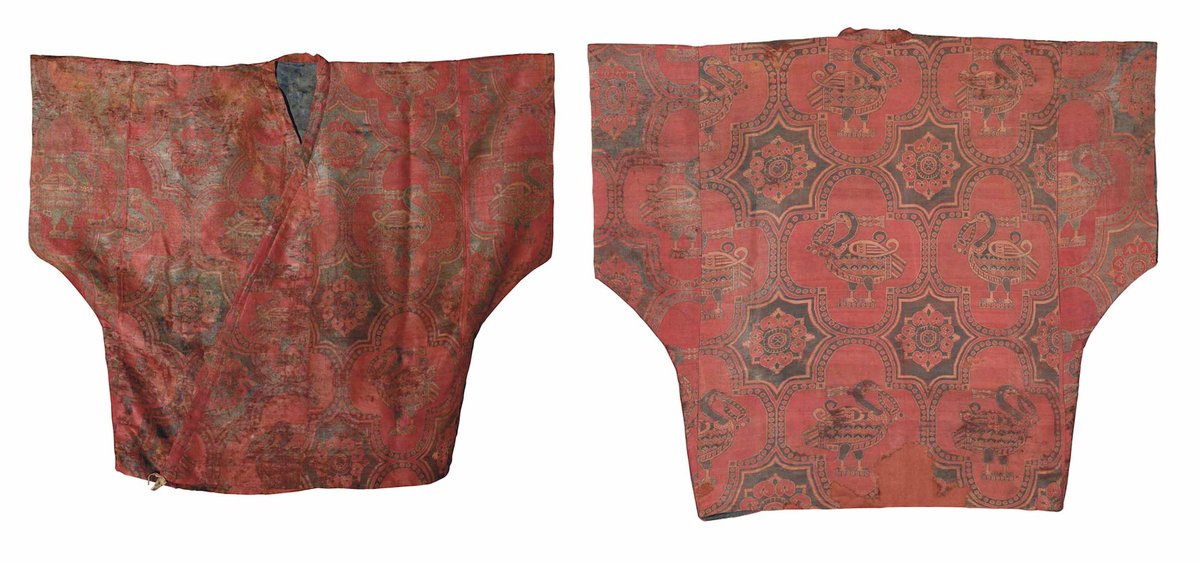


Same design farther east in #China
1: Kizil Caves, cave 60
2: Tang dynasty in China, @cnsilkmuseum
To Be continued in another thread :)

1: Kizil Caves, cave 60
2: Tang dynasty in China, @cnsilkmuseum
To Be continued in another thread :)


• • •
Missing some Tweet in this thread? You can try to
force a refresh




















